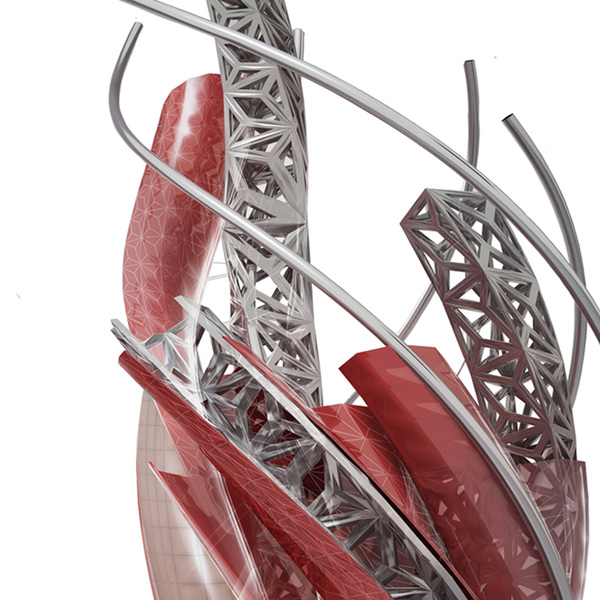Create precise 2D drawings with easy-to-use drafting tools
AutoCAD LT® is computer-aided design (CAD) software that architects, engineers, construction professionals, and designers rely on to produce 2D drawings and documentation.
Design, draft, and document with 2D geometryAccess a comprehensive set of editing, design, and annotation toolsWork quickly in an intuitive user interface
User interaction
Ribbon tabs and panels
Access your favorite tools easily when you need them with the AutoCAD ribbon.
Tool palettes
Easily access your most frequently used content and tools with customizable tool palettes.
Command line
Launch commands and respond to prompts quickly using simple keystrokes, right at the command line.
Multifunctional grips
Easily reshape, move, or manipulate geometry with grip editing.
Object and layer transparency
Control the transparency for selected objects or for all objects on a layer.
Dynamic blocks
Add flexibility and intelligence to your block references, including changing the shape, size, or configuration.
Associative arrays
Create and modify objects in circular or rectangular patterns, or along a path.
Object selection and isolation
Find and select all objects that match the properties of an object. Hide or unhide the selected objects.
2D drafting, drawing, and annotation
Text
Create a single or multiline text (mtext) as a single text object. Format the text, columns, and boundaries.
Smart dimensioning
Create dimensions automatically. Pass the cursor over selected objects to get a preview before you create it.
Leaders
Create leaders with a variety of content, including text or blocks. Easily format leader lines, and define styles.
Smart centerlines and center marks
Create and edit centerlines and center marks that automatically move when you move the associated objects.
Tables
Create tables with data and symbols in rows and columns, apply formulas, and link to a Microsoft Excel spreadsheet.
Revision clouds
Draw revision clouds around new changes in a drawing to quickly identify your updates.
Layouts
Specify the size of your drawing sheet, add a title block, and display multiple views of your model.
Layout viewports
Create layout viewports to display different elements of your design at varying scales.
Fields
Use fields in text objects to display text that can be updated automatically as the field value changes.
Data linking
Enable simultaneous updates by creating a live link between a Microsoft Excel spreadsheet and a table in your drawing.
Collaboration
PDF and DGN import/export/underlay
Share and reuse data from PDF and DGN files by importing, exporting, or attaching them as underlays.
DWG and image references
Attach drawings and images to your current drawing as externally referenced files.
Sheet set manager
View, access, manage, and plot multiple drawings as sheet.
Geographic location and online maps
Insert geographic location information into a drawing, and display a map in the drawing from an online map service.
